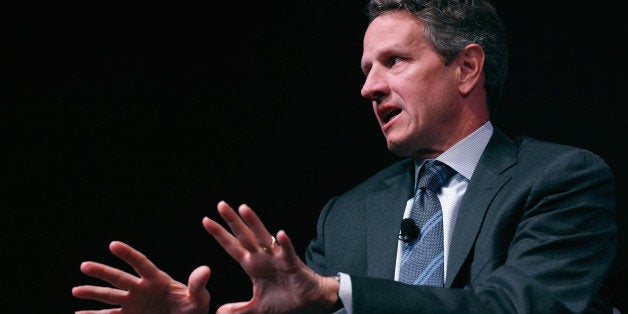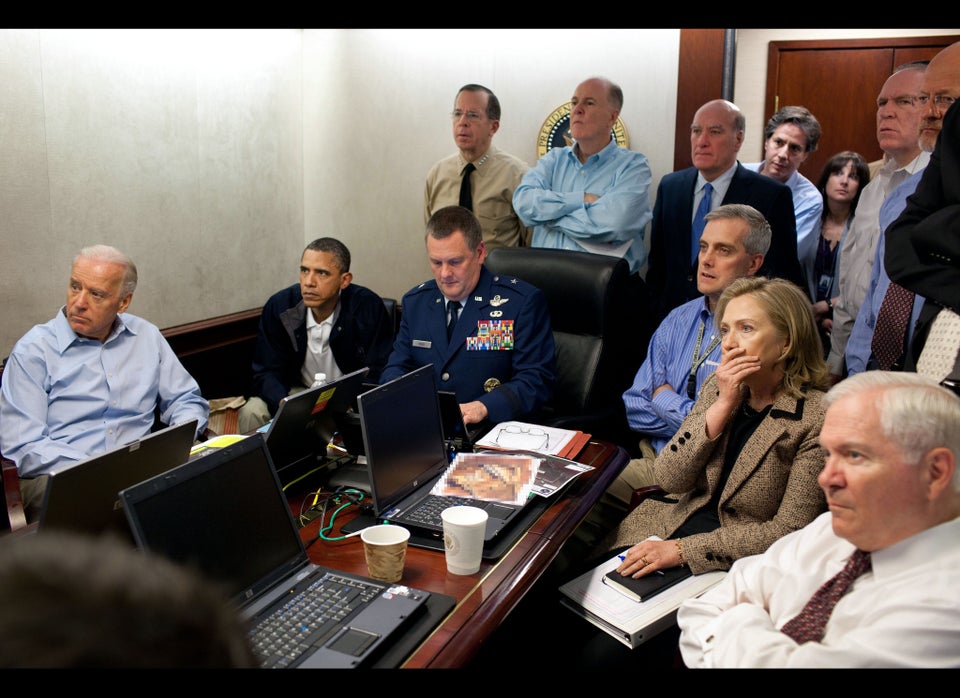
WASHINGTON -- The Federal Reserve was aware of risky practices at JPMorgan Chase as early as 2008 but failed to follow up for more than three years until those risks had snowballed into the company's $6.2 billion London Whale scandal, according to a new report from the central bank's Office of Inspector General.
Financial reform advocates' response to this unhappy but perhaps not surprising news was summed by Dennis Kelleher, president and CEO of Better Markets.
"The remarkable thing here is that the Fed's own people identified the high-risk activities at JPMorgan Chase's offshore units and alerted their supervisors and others that a comprehensive systematic review of those activities should be undertaken quickly," Kelleher said. "And then they didn't. They just didn't do it."
But the implications of the IG report reach well beyond the Whale debacle, highlighting how much power the Fed's New York branch wields and how little influence the public interest has within that branch.
While the Fed Board of Governors, based in Washington, is a public agency, the regional Fed banks are private sector entities. The London Whale report has led bank watchdogs to suggest that, at the very least, the New York Fed presidency should be a fully public position, appointed by the president and confirmed by the Senate.
"The New York Fed is the key on-the-ground supervisor of the largest Wall Street banks, including JPMorgan," Marcus Stanley, policy director at Americans for Financial Reform, told HuffPost. "So I think there are some questions about this hybrid public-private structure given the critical public interest in all these issues."
"Nobody with that much power and authority should be unaccountable to any publicly elected official," said Kelleher.
The London Whale rocked the American financial establishment when JPMorgan began taking sudden, heavy losses in 2012. The bank had placed big risky investment bets on an index of credit derivatives that then backfired. JPMorgan, which declined to comment for this article, was able to shoulder the brutal losses. Yet their speed and severity caused many to question whether the banking system was vulnerable to more and potentially bigger such problems.
Under the Volcker Rule approved by U.S. regulators in 2013, banks would now be barred from making such trades for their own accounts. But rules only matter if they are enforced, and the IG report offers little reason to have confidence in the New York Fed's oversight.
The Fed's IG report lays the London Whale regulatory breakdown at the feet of the New York Fed under multiple leaders. The New York Fed discovered the problematic proprietary trading at JPMorgan in 2008. The following year, it recommended a deep review of the JPMorgan division that ultimately harbored the London Whale trades. That review was never performed, and the New York Fed never coordinated -- as it should have -- with the Office of the Comptroller of the Currency, which also has regulatory authority over JPMorgan.
Part of the problem may be that the top levels of the Fed are not fully staffed for regulatory oversight. The Fed's seven-member Board of Governors has two longstanding vacancies. One of those slots should be held by a new vice chair of supervision. The 2010 Dodd-Frank financial reform law created the job -- effectively a formal regulatory boss at the Fed -- but it has never been filled.
"The Fed board vacancies -- we want reformers for those positions and people who are focused on better regulation of the financial sector," Stanley said. "And this kind of thing shows why."
One person who's been touted as a potential pick for vice chair of supervision is Elise Bean, a longtime staffer with Sen. Carl Levin (D-Mich.), chairman of the Senate Homeland Security and Governmental Affairs Subcommittee on Investigations. Bean has done extensive financial research for the subcommittee, addressing everything from offshore tax evasion to high-frequency trading. In fact, the committee released a much more extensive report on the London Whale mess in March of this year.
But the New York Fed's mishandling of the London Whale situation also raises questions about the central bank's dual structure as both a public and private sector entity. The Fed Board of Governors is a public institution that writes regulations, among other responsibilities, and the governors themselves are appointed by the president and confirmed by the Senate. But much of the Fed's actual regulatory enforcement is delegated to the 12 private sector Fed banks.
These branch banks are controlled by their own nine-member boards. Three of those directors are chosen by the banking industry, three are chosen to represent other industries, and three are selected to broadly represent public interests. The president of each branch is named by the corporate and public interest directors.
In practice, this has meant that banking and other corporate interests are really running the show at most Fed branches. A 2011 Government Accountability Office report found that regional Fed bank directors are disproportionally white men who overrepresent business management, while labor and consumer groups have few voices on those boards. The New York Fed presidency has been held since early 2009 by a former Goldman Sachs banker, William Dudley.
Moreover, not all Fed branches are equal. The New York Fed, cheek by jowl with Wall Street, is by far the most dominant, and its president exercises enormous power. During the financial calamities of 2008, then-New York Fed President Timothy Geithner served as one-third of a crisis team that included then-Treasury Secretary Hank Paulson and Fed Chairman Ben Bernanke. Since the New York Fed isn't subject to limits on government pay, Geithner was the best paid of the trio, and he would take a significant pay cut to become treasury secretary in January 2009.
While the Fed Board of Governors is a notoriously secretive institution, the New York Fed is even more protective of its internal operations, officially contending that it's exempt from the Freedom of Information Act because it is not a government agency.
The tension between the Fed's public service functions and its ties to private banks is highlighted by the Fed IG report itself. The central bank's independent watchdog is confining public disclosure of its report to a four-page summary, arguing that the full report has too much "privileged and confidential" information. The Office of Inspector General declined to comment on the decision to keep the full report a secret.
During the debate over Dodd-Frank, many reform advocates called for revamping the Fed's internal structure, but only modest changes were made, and some of those, like naming a vice chair of supervision, have not yet been implemented.

